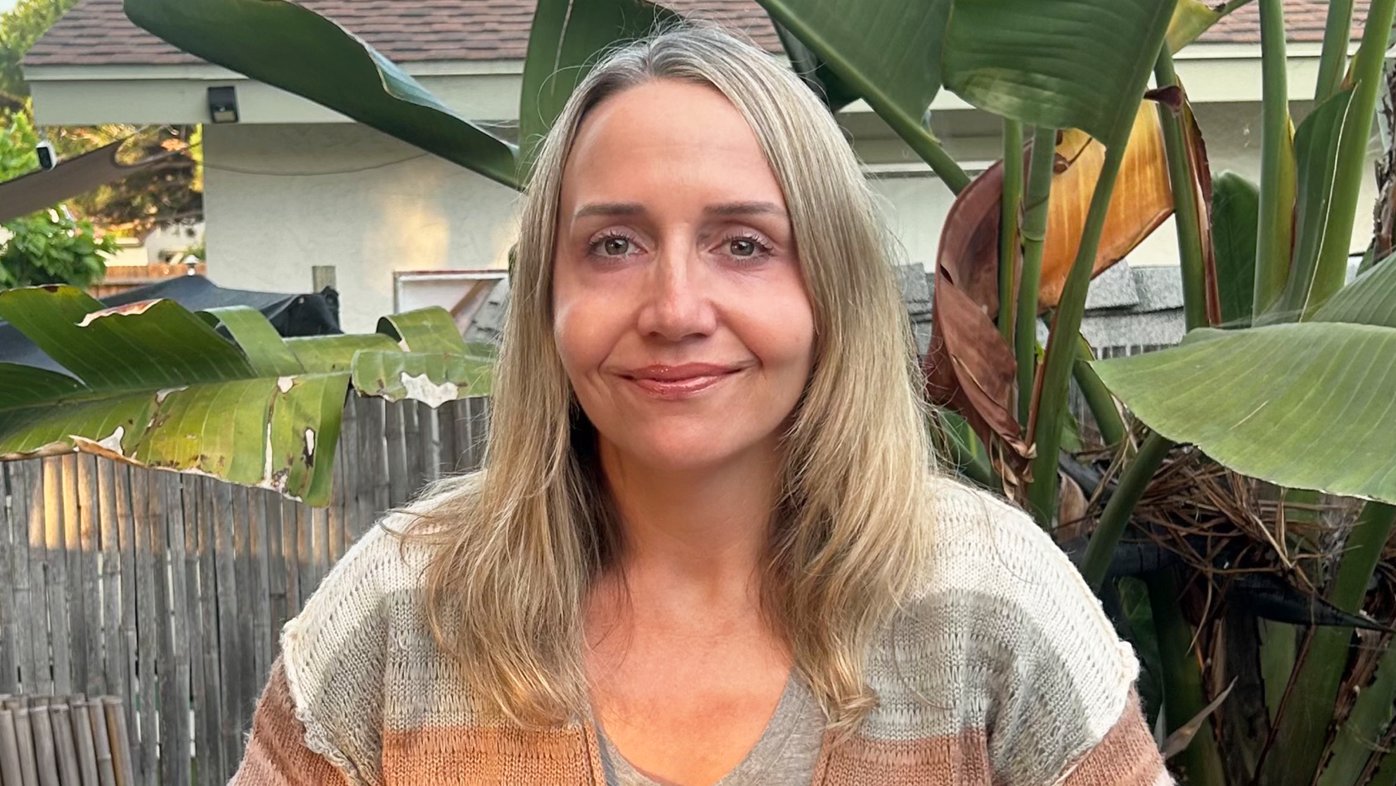
Losing a loved one to addiction
Jessica Johnson, a nurse at Sharp Mesa Vista, hopes that sharing her story of losing her brother to a drug overdose can help others.
Many people think that eating disorders primarily affect young, affluent females. In reality, these illnesses affect men and women across all backgrounds — and at all ages. In recent years, clinicians have seen a rise in eating disorders among women over age 50.
According to the National Eating Disorder Association, at least 20 million adult women and 20 percent of women over age 70 are dieting to lose weight, even though weight loss at older ages can be harmful. Although diets don’t always lead to eating disorders, they are often the precursor to sickness for those genetically predisposed to the illness.
Eating disorder facts
“Eating disorders are complex, biological brain disorders characterized by individuals’ distorted perceptions of body size, shape and weight, as well as a preoccupation with body image, food, nutrition and exercise,” explains Dr. Linda Santangelo, lead clinical psychologist at the eating disorders program at Sharp Mesa Vista Hospital. “They are serious conditions, with the highest mortality rate of any psychiatric illness.”
Many sufferers of eating disorders are unable to see the gravity of their illness, and may refuse or dispute the need for treatment. Furthermore, people with eating disorders come in all body shapes and weights, and may look healthy, but are extremely ill.
Common eating disorders include anorexia nervosa (anorexia), bulimia nervosa (bulimia) and “eating disorder not otherwise specified” (EDNOS).
Anorexia — Individuals with anorexia are unable to maintain a healthy body weight and often have disordered thoughts marked by an intense fear of gaining weight and a distorted body image. Some people with anorexia may lose weight by limiting calories through drastic diets or fasting; others may binge eat and/or purge through vomiting or misusing laxatives, diuretics or enemas, or engage in excessive exercise.
Bulimia — Bulimia is characterized by frequent episodes of binge eating, followed by frantic efforts to avoid gaining weight through purging or other compensatory behaviors like limiting additional calorie intake or exercising to excess.
EDNOS — This is an eating disorder that does not meet the specific criteria for anorexia or bulimia, but shares many of the same or similar symptoms.
Eating disorders among women over 50
Although the reasons for the increase in advanced-age eating disorders are not entirely clear, life stressors women experience — such as increased anxiety about appearance as they age, divorce, loss of a career, children leaving home and increased familial responsibilities — along with improved diagnosis may be factors. Furthermore, women who have suffered since youth may become motivated for treatment when they realize how much they have lost to the disorder.
As patients and their loved ones learn about the signs and symptoms of these disorders, and as doctors become more likely to refer them to appropriate resources for treatment, more women are diagnosed and treated. This is good news; if left untreated, these disorders can be devastating.
“The effects of inappropriate nutrition and purging can result in electrolyte imbalances, anemia, low blood pressure, osteoporosis and tooth and gum damage,” says Dr. Santangelo.
“More severe complications like heart attacks, esophageal tears and kidney failure can prove fatal.”
Despite these harsh realities, eating disorders are treatable — especially with prompt, early and specialized intervention. With proper nutrition and healthy eating behaviors, sufferers can regain self-awareness and attain a life of good health and wellness.
Our weekly email brings you the latest health tips, recipes and stories.